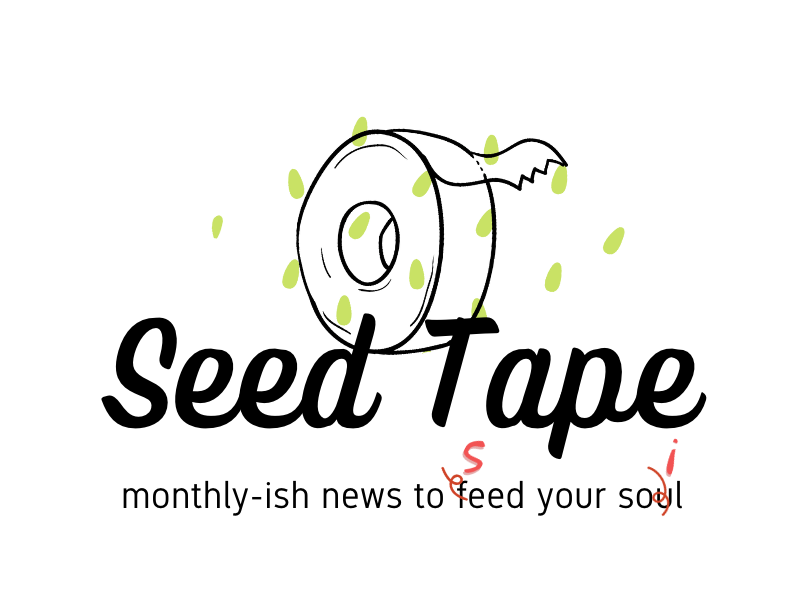
From Seed to Seed: educational films on seed production
From Seed to Seed is a series short films by DIY Seeds that allow anyone to learn how to produce vegetable seeds. It provides the basics of theory and practice, an ABC of seed production and shows all the necessary steps for producing seeds of 40 vegetable species. From Seed to Seed was produced by Longo Maï and the Forum Civique Européen (European Civic Forum), two European associations which actively participate in saving agricultural biodiversity and advocate for the defense of open-pollinated seeds, as we do. The films shared here are original content from DIY Seeds under a Creative Commons CC BY-NC-ND license.
~~~
The films below are organized into categories — the Overview films cover the ABCs of seed, collectively they are a basic introduction to Botany; the Easy Level films cover plants that are easy to produce seed from (a good start for beginners); the Intermediate Level films cover plants that require more knowledge, time, or materials to produce seed from; and finally the Advanced Level films cover plants that require knowledge, time, observation, materials, and added techniques to produce seed from.










